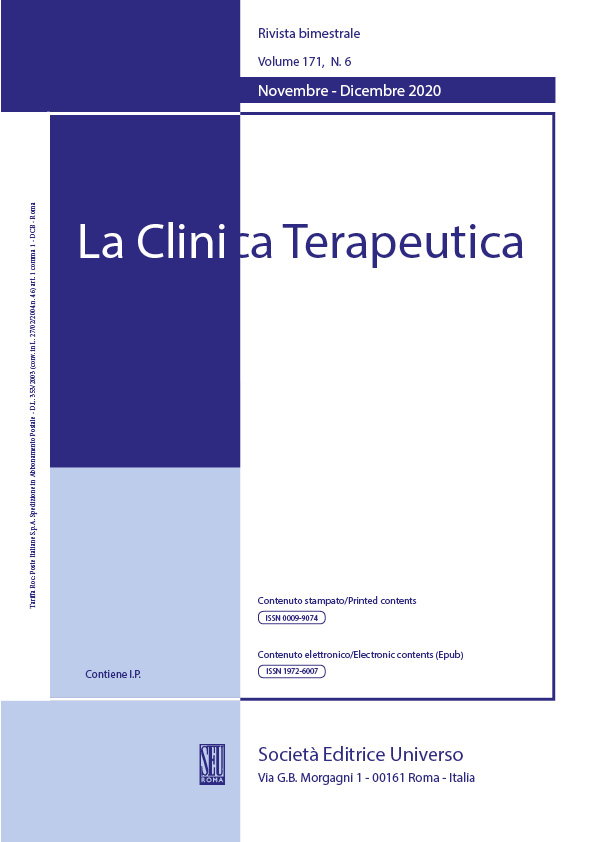Abstract
Couple infertility constitutes a major source of concern and even distress for those involved, affecting roughly 50-80 million people in the world, according to World Health Organization data. There is no denying that medical and technological advancements in the field of assisted reproductive technology (ART) are among the greatest and most beneficial achievements of modern medicine. Countless couples have been able to achieve parenthood who in the past could not have, thanks to ART. Infertility itself used to be deemed insurmountable, especially when arising from uterine conditions (referred to as absolute uterine factor infertility, AUFI), neoplastic conditions or major complications affecting reproductive organs during previous pregnancies.
The inability to have children is often considered by couples as a failure severely impacting their relationships, due to the unfulfilled biological potential in regard to parenting. However, in addition to its significance as a social problem, infertility is a medical issue which requires a strict and clearly defined path of diagnosis and treatment, particularly in times of COVID-19, when access to essential care has often been delayed with potentially harmful repercussions for patients seeking to achieve parenthood or to keep their fertility.
